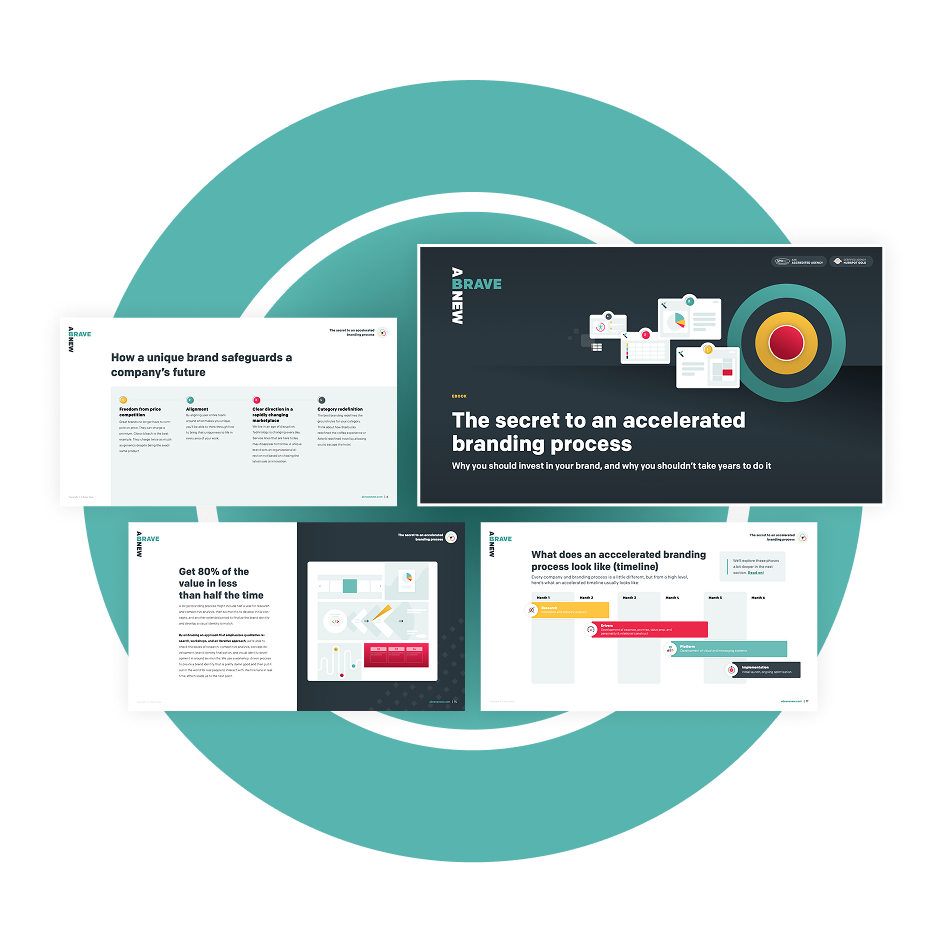GUIDES
A collection of our guides and resources
B2B marketing is more complex than it has ever been. That's why we've developed these guides to help you develop your skills, hone your strategy, and grow your business.
FREE EBOOK
Discover the essential strategies behind creating a memorable and impactful brand
A brand is only as powerful as the memory it leaves in the minds of its audience. But how do you define that memory—and how do you ensure it sticks?
That’s where brand drivers come in.


HEALTHCARE MARKETING
4 Levers to pull to improve your healthcare marketing
No one will argue the fact that B2B healthcare marketing comes with its own unique set of challenges. For example, communicating value when you’re selling a complex product or service is no small task. And, in an industry where so many brands look so similar, how do you stand out without losing trust?
We’ve created this white paper to help you build brand awareness, increase customer loyalty, and generate trust.

BRANDING
The secret to an accelerated branding process
In this guide we unpack why a unique brand matters, how to know if your brand needs work, and the essential things you need to think about to conduct an effective branding process.
In this guide you'll learn:
- Why it’s important to have a unique brand
• How to know if you need a branding process
• Why your branding process needs to be on an accelerated timeline in today’s world
• What the key elements of a successful accelerated branding process are
FREE GUIDE FOR HEALTHCARE MARKETERS
Guide: Maximize HubSpot for healthcare and help your organization grow
As the world becomes increasingly digitized, technology continues to evolve, regulations change, and consumers become more sophisticated, healthcare organizations are feeling the strain.
The good news is that HubSpot can help. Check out our guide for an in-depth look at HubSpot’s specific offerings and how they can make a genuine impact on your marketing efforts.

REACH OUT
Take the first step toward a lasting impression
Interested in learning more? We’d love the opportunity to connect. Let’s have a conversation about how ABN can support you in both building a brand that lasts and exceeding your business goals.
